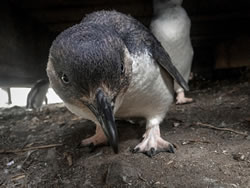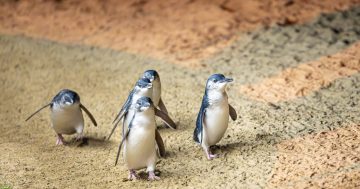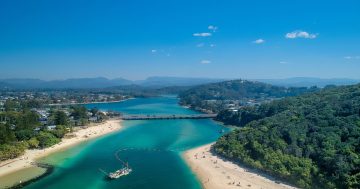 Victoria’s little penguins are to nest easy under a new Parks Victoria and Commonwealth Scientific and Industrial Research Organisation (CSIRO) program to kill off an invasive coastal weed that is threatening their nesting sites.
Victoria’s little penguins are to nest easy under a new Parks Victoria and Commonwealth Scientific and Industrial Research Organisation (CSIRO) program to kill off an invasive coastal weed that is threatening their nesting sites.
Research Scientist at CSIRO, Gavin Hunter said the fungus, Venturia paralias, was released in Port Campbell National Park last week to target the invasive coastal weed ‘sea spurge’.
Dr Hunter said the fungus specifically attacked sea spurge, which was problematic for nesting shorebirds as the weed could alter sand dune structure and displace vegetation, negatively impacting the birds’ nesting sites.
“The weed also has a sap which can cause irritation to animals as well as humans,” he said.
“Sea spurge grows along Australia’s southern coastline and is a concern for coastal ecosystems.
“We’re hopeful the biocontrol agent will help reduce the dense weed from penguin nesting sites at Port Campbell, and many other beaches along the coastline where the weed occurs.”
Dr Hunter said there were many challenges with current methods for removing sea spurge, so finding a biocontrol agent for the weed was important to complement the existing management strategies of hand pulling and chemical sprays that “are very labour intensive, costly and cannot easily be deployed in difficult-to-access beaches”.
Program Leader for Marine and Coasts at Parks Victoria, Mark Rodrigue said a mature sea spurge plant could produce up to 20,000 seeds per year and could grow anywhere on the beach above the high-water mark, taking over sand and dune vegetation.
“If it successfully establishes, the biocontrol will be particularly important for managing this highly invasive weed in the more remote parts of the coast where access is very difficult for manual or chemical control,” Mr Rodrigue said.




